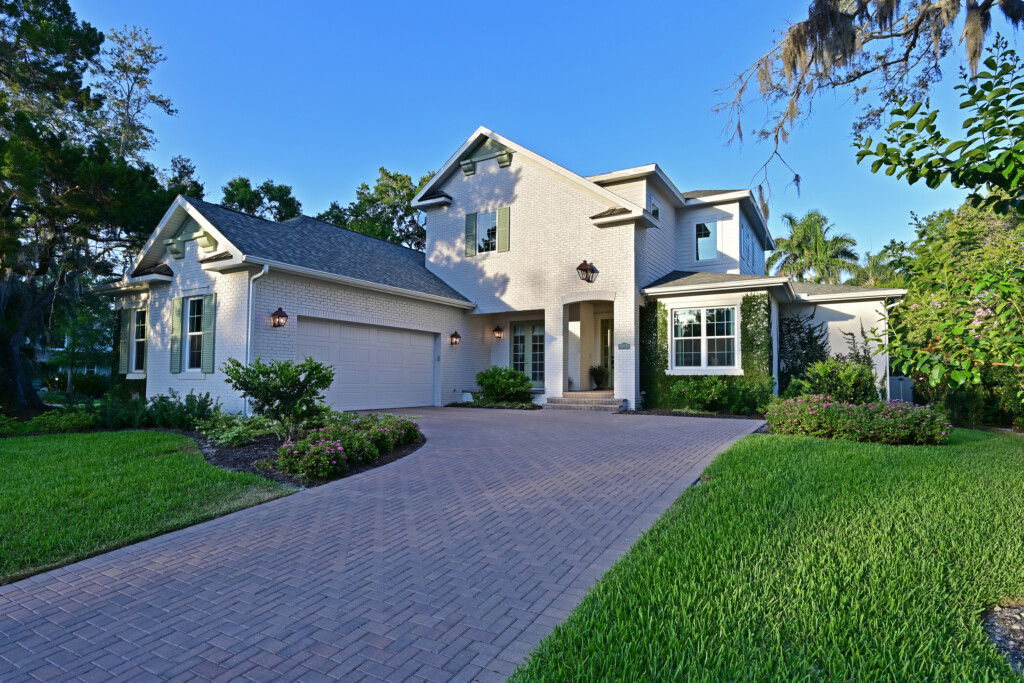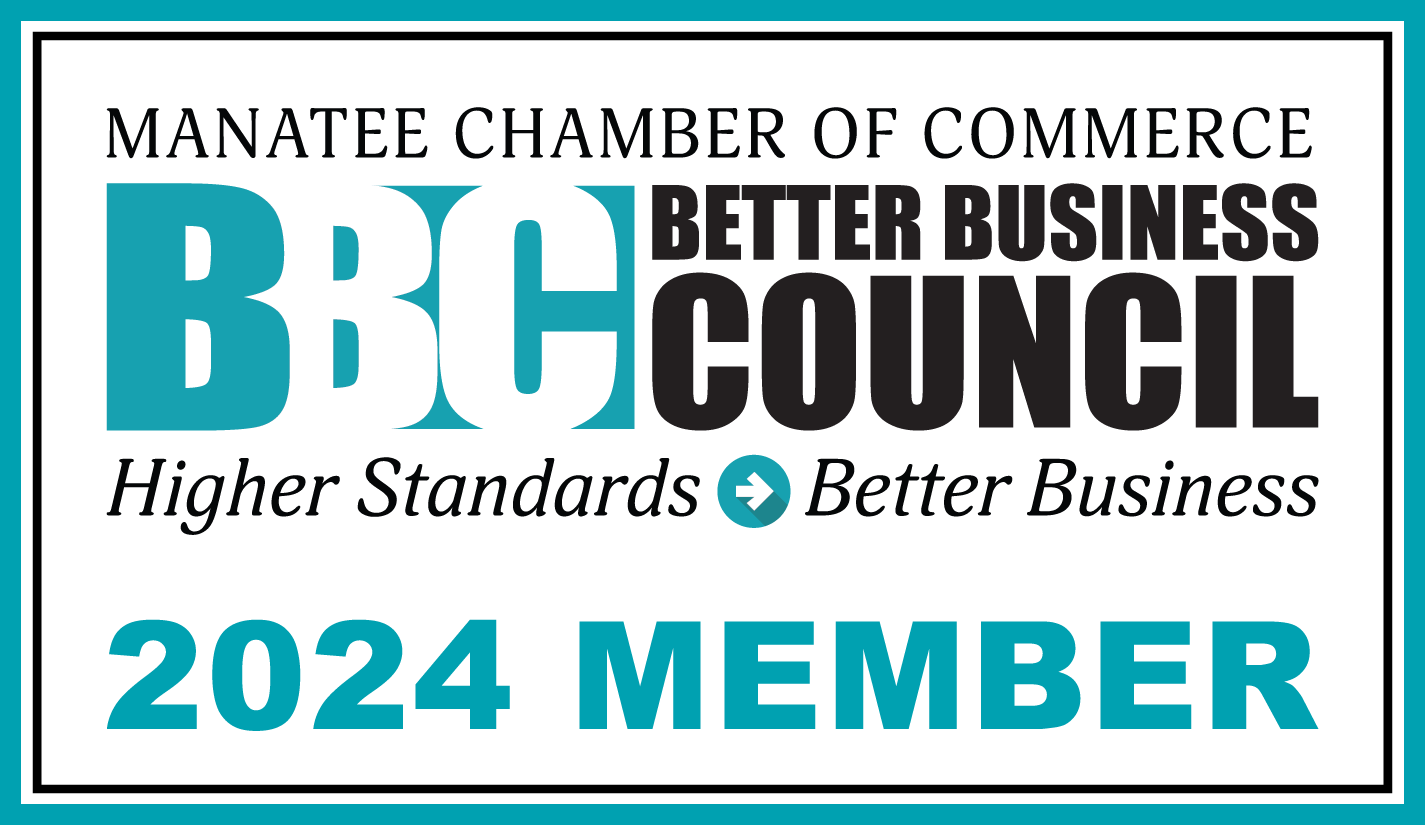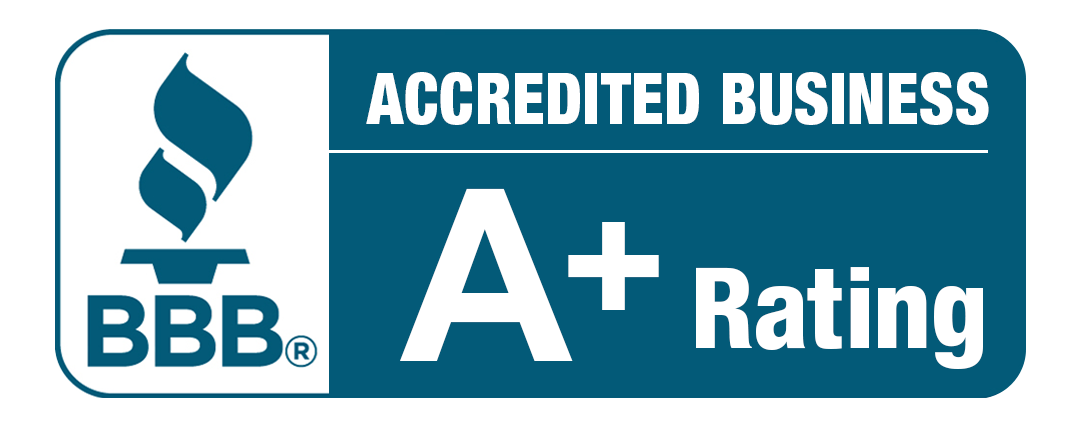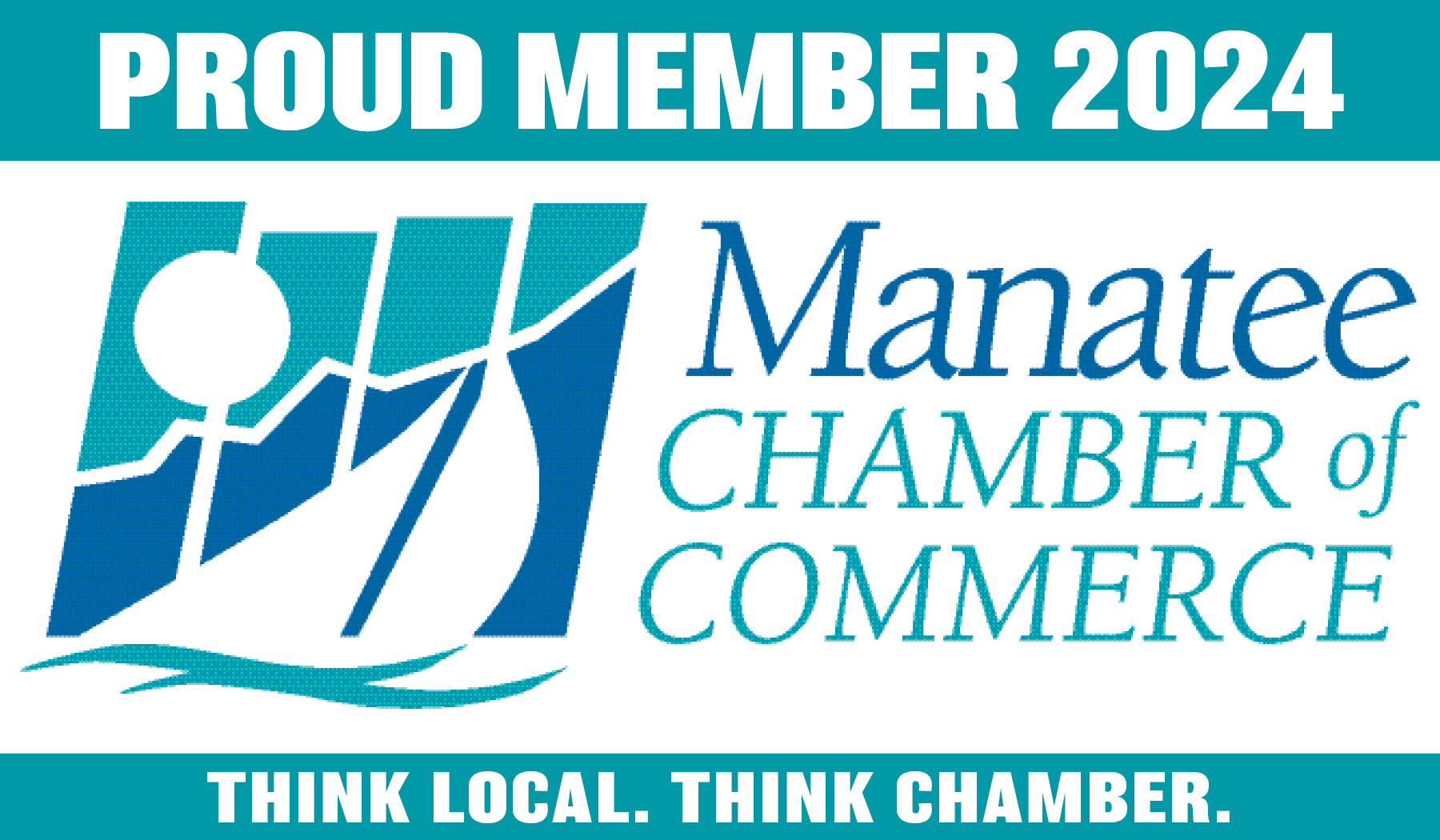Sustainability in all aspects of our lives continues to dominate the conversation, especially as news events highlight ongoing environmental concerns. In 2025, sustainable home design in Florida will likewise continue to focus on addressing the unique challenges of the state’s climate – while also considering the needs of the planet overall. As we move forward into the new year, here are some of the key sustainable design practices we expect to have relevance for Florida custom homes and homebuilding in general.

- Energy Efficiency: Here are some of the categories of sustainability that should be prominent in custom home building.
- Advanced high-performance insulation materials such as spray foam and reflective insulation will be used to minimize heat transfer, maintain interior comfort, and reduce reliance on air conditioning.
- Energy-efficient windows that are impact-resistant and double or triple-glazed will help minimize solar heat gain while enhancing hurricane resistance.
- Solar panels, combined with energy storage (e.g., home batteries), will be increasingly used to reduce electricity costs and reliance on the grid, taking advantage of Florida’s abundant sunshine.
- Water Efficiency: Water conservation is a frequent area of concern in arid climates such as Florida. Solutions may include:
- Collecting rainwater for irrigation and other non-potable uses will be vital to conserve potable water, especially if Florida’s water resources are under pressure.
- Drought-tolerant plants and xeriscaping can help reduce irrigation needs and conserve water.
- Low-flow fixtures such as low-flow faucets, showerheads, and toilets can be installed to minimize water usage.
- Hurricane-Resilient Design: Several significant storms over recent years have reinforced the need to adequately prepare for these severe weather events. Options may include:
- Homes will be designed with reinforced structures, such as hurricane-rated roofing, impact-resistant windows, and concrete or steel framing to withstand high winds.
- To combat rising sea levels and flooding risks, homes will be built on elevated foundations to minimize damage from storm surges and floods.
- Features like permeable paving, green roofs, and retention ponds can help manage rainwater runoff and prevent flooding like we saw after Hurricanes Helene and Milton.
- Sustainable Building Materials: Reducing the carbon footprint of the materials used in building custom homes will continue to gain popularity in 2025.
- Using locally sourced materials reduces the carbon footprint associated with transportation. Materials like bamboo, reclaimed wood, and natural stone can be used in construction.
- Research into low-carbon concrete or alternative materials (e.g., hempcrete) is beginning to gain attention for their lower environmental impact.
- Smart Home Technologies: Devices that go well beyond standard security systems and smart refrigerators are must-have elements of new custom home design.
- Energy-efficient home automation systems that control lighting, HVAC, and appliances can optimize energy usage, reducing waste.
- Devices capable of learning user habits can adjust heating and cooling to reduce energy consumption without sacrificing comfort.
- Passive Design Strategies: Designing for passive conditions can be a powerful way to conserve resources.
- Homes may be oriented to minimize sun exposure during the hottest parts of the day and use shading elements like overhangs, pergolas, and trees to reduce cooling costs.
- Designing homes with good airflow and cross-ventilation reduces the need for air conditioning, improving energy efficiency.
- Resilient Landscaping: Plants are surprisingly useful for much more than aesthetic appeal and can be thoughtfully included for sustainable reasons.
- Using Florida native plants in landscaping helps conserve water, provides habitat for local wildlife, and reduces maintenance costs.
- Incorporating a tree canopy into home design can reduce the need for air conditioning and provide natural windbreaks.
For more information, check out LEED Certification and Florida Green Building Coalition (FGBC).
Bruce Williams Homes has built quality Florida custom homes for over five decades. Call today to learn about how we integrate traditional and classic building disciplines with modern trends and requirements.
Sustainability in all aspects of our lives continues to dominate the conversation, especially as news events highlight ongoing environmental concerns. In 2025, sustainable home design in Florida will likewise continue to focus on addressing the unique challenges of the state’s climate – while also considering the needs of the planet overall. As we move forward into the new year, here are some of the key sustainable design practices we expect to have relevance for Florida custom homes and homebuilding in general.

- Energy Efficiency: Here are some of the categories of sustainability that should be prominent in custom home building.
- Advanced high-performance insulation materials such as spray foam and reflective insulation will be used to minimize heat transfer, maintain interior comfort, and reduce reliance on air conditioning.
- Energy-efficient windows that are impact-resistant and double or triple-glazed will help minimize solar heat gain while enhancing hurricane resistance.
- Solar panels, combined with energy storage (e.g., home batteries), will be increasingly used to reduce electricity costs and reliance on the grid, taking advantage of Florida’s abundant sunshine.
- Water Efficiency: Water conservation is a frequent area of concern in arid climates such as Florida. Solutions may include:
- Collecting rainwater for irrigation and other non-potable uses will be vital to conserve potable water, especially if Florida’s water resources are under pressure.
- Drought-tolerant plants and xeriscaping can help reduce irrigation needs and conserve water.
- Low-flow fixtures such as low-flow faucets, showerheads, and toilets can be installed to minimize water usage.
- Hurricane-Resilient Design: Several significant storms over recent years have reinforced the need to adequately prepare for these severe weather events. Options may include:
- Homes will be designed with reinforced structures, such as hurricane-rated roofing, impact-resistant windows, and concrete or steel framing to withstand high winds.
- To combat rising sea levels and flooding risks, homes will be built on elevated foundations to minimize damage from storm surges and floods.
- Features like permeable paving, green roofs, and retention ponds can help manage rainwater runoff and prevent flooding like we saw after Hurricanes Helene and Milton.
- Sustainable Building Materials: Reducing the carbon footprint of the materials used in building custom homes will continue to gain popularity in 2025.
- Using locally sourced materials reduces the carbon footprint associated with transportation. Materials like bamboo, reclaimed wood, and natural stone can be used in construction.
- Research into low-carbon concrete or alternative materials (e.g., hempcrete) is beginning to gain attention for their lower environmental impact.
- Smart Home Technologies: Devices that go well beyond standard security systems and smart refrigerators are must-have elements of new custom home design.
- Energy-efficient home automation systems that control lighting, HVAC, and appliances can optimize energy usage, reducing waste.
- Devices capable of learning user habits can adjust heating and cooling to reduce energy consumption without sacrificing comfort.
- Passive Design Strategies: Designing for passive conditions can be a powerful way to conserve resources.
- Homes may be oriented to minimize sun exposure during the hottest parts of the day and use shading elements like overhangs, pergolas, and trees to reduce cooling costs.
- Designing homes with good airflow and cross-ventilation reduces the need for air conditioning, improving energy efficiency.
- Resilient Landscaping: Plants are surprisingly useful for much more than aesthetic appeal and can be thoughtfully included for sustainable reasons.
- Using Florida native plants in landscaping helps conserve water, provides habitat for local wildlife, and reduces maintenance costs.
- Incorporating a tree canopy into home design can reduce the need for air conditioning and provide natural windbreaks.
For more information, check out LEED Certification and Florida Green Building Coalition (FGBC).
Bruce Williams Homes has built quality Florida custom homes for over five decades. Call today to learn about how we integrate traditional and classic building disciplines with modern trends and requirements.






